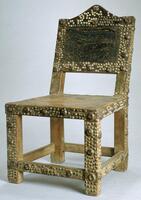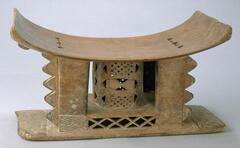26 UMMA Objects
26 UMMA Objects
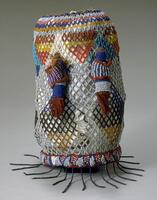
Yoruba (Yoruba (culture or style))
Oba's Beaded Crown
20th century
Gift of Dr. James and Vivian Curtis
1997/1.340
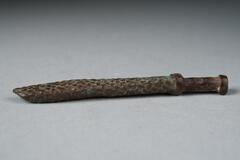
Akan (Akan (culture or style))
Gold-weight
1900 – 1985
Gift of Dr. James and Vivian Curtis
1997/1.515
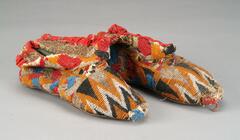
Yoruba (Yoruba (culture or style))
Oba's Slipper (One of a pair)
20th century
Gift of the Honorable Jack Faxon
1998/2.63.1

Akan (Akan (culture or style))
Gold-weight
1900 – 1985
Gift of Dr. and Mrs. Milford Golden
1986/2.130
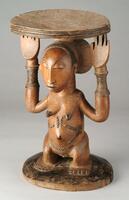
Hemba (Hemba (culture or style))
Chief's Stool
1915 – 1925
Gift of Candis and Helmut Stern
2005/1.224
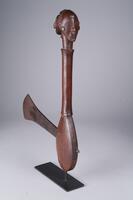
Hemba (Hemba (culture or style))
Prestige Adze
1875 – 1885
Gift of Candis and Helmut Stern
2005/1.225

Edo (Benin);Benin (ancient Nigerian) (Edo (African culture))
Ceremonial Sword
20th century
Gift of Susan B. and John F. Ullrich
1998/1.86
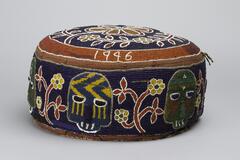
Yoruba (Yoruba (culture or style))
Beaded Foot Cushion
1946
Gift of Dr. James and Vivian Curtis
1997/1.308
Loading…
